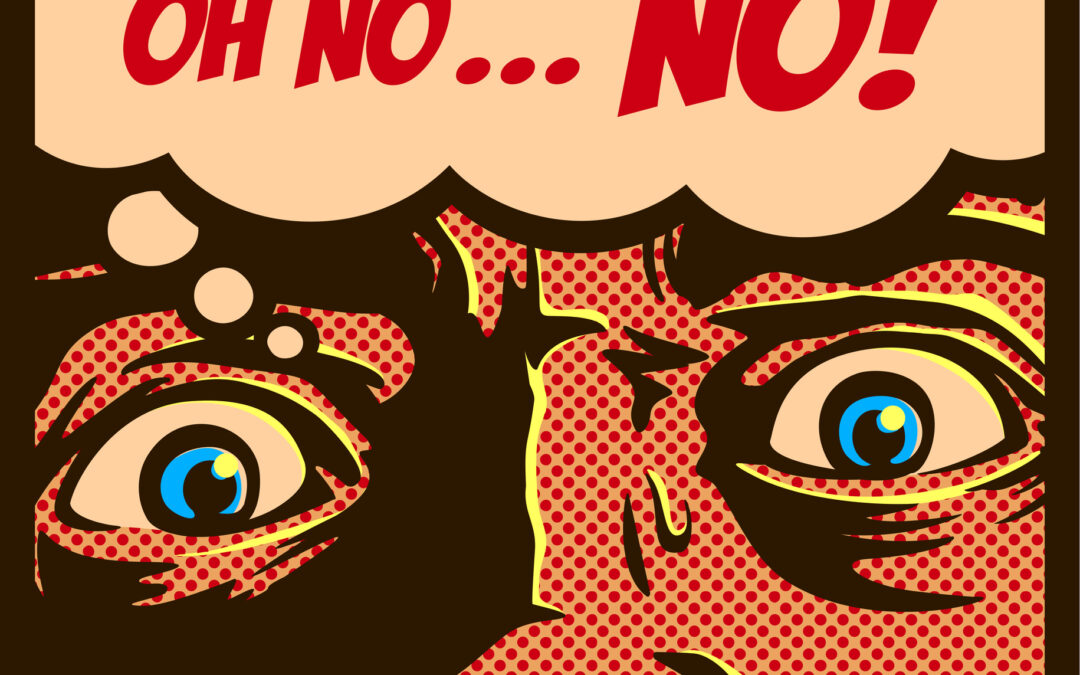Anxiety often prompts us to steer clear of situations that trigger fear, causing many to shrink their lives to avoid such triggers. However, understanding and embracing our core values can provide a light through the darkness of anxiety and help us reconnect with a...

What is your “Why”? Core Values Exercises for Anxiety Resiliency
Anxiety often prompts us to steer clear of situations that trigger fear, causing many to shrink their lives to avoid such triggers. However, understanding and embracing our core values can provide a light through the darkness of anxiety and help us reconnect with a full, engaged life without avoiding the things that scare us. In this guide, we’ll explore how to recognize and integrate our values using principles from Acceptance and Commitment Therapy (ACT). By anchoring ourselves in our values, we can navigate anxiety with resilience and purpose.
Understanding Values:
Values are the guiding principles that define what truly matters to us in life. They represent our deepest desires and aspirations, guiding our decisions and actions. When anxiety strikes, it can be easy to lose sight of these values. However, by connecting with our values, we can find clarity and direction amidst the chaos. Here’s how to identify your values:
- Reflect on Meaningful Experiences: Take a moment to reflect on past experiences when you felt most fulfilled and aligned with your values. These moments often occur during times of challenge or adversity, highlighting the importance of our values in guiding us through difficult times.
- Clarify Your Priorities: In the face of anxiety, it’s essential to identify your priorities and align them with your values. What aspects of your life do you prioritize when making decisions? What would your monthly budget say about your priorities? What would your calendar show about what is most important to you?
- Imagine Your Ideal Life: Envision a life where you are living in alignment with your values. What does this life look like? By visualizing your ideal future, you can gain clarity on the values that are most important to you. This pivotal step anchors you in your motivation to persevere through the demanding process of confronting the fear and avoidance that trap so many in anxiety.
Integrating Values into Daily Life:
Integrating values into your daily life is essential for building resilience. Here’s how you can incorporate your values into your daily routine:
- Set Goals Aligned with Your Values: Identify goals that are aligned with your core values and take steps to pursue them. By setting goals that are meaningful to you, you can stay focused and motivated, even in the face of anxiety.
- Take Values-Based Action: Commit to taking action that is consistent with your values, even when it feels challenging. By prioritizing values-based action, you can build resilience and overcome anxiety-triggering situations with confidence.
- Practice Mindfulness and Acceptance: Cultivate mindfulness and acceptance of your internal experiences, including anxious thoughts and feelings. By practicing mindfulness, you can observe your thoughts without judgment and respond to them in a values-driven manner instead of an anxiety-driven manner.
Embracing your values is a powerful tool for building resilience. By connecting with what truly matters to you and aligning your actions with your values, you can navigate life’s challenges with clarity and purpose. If you’re ready to explore your values further and receive support on your journey, consider reaching out to a therapist on our team who can guide you through this process. Your path to resilience starts by embracing your values today.

What is your “Why”? Core Values Exercises for Anxiety Resiliency

Mindfulness Mastery: Your Ultimate Weapon Against Depression
Depression can feel like a heavy cloud hanging over your life, making it difficult to find joy or motivation. While therapy and medication are valuable tools in treating depression, incorporating mindfulness skills into your daily routine can offer additional support...

Journaling and Mental Health
If you have ever had a conversation with your therapist about coping skill development, you have probably received a recommendation to begin a journaling practice. Understandably, sometimes journaling is met with skepticism - What does writing about my emotions solve,...

Contamination Fears In a Contaminated World: What’s Appropriate And What’s Compulsive?
Covid, Measles outbreaks, Mokeypox- it can feel overwhelming to manage the constant barrage of new threats. For most people, a significant behavioral change is needed to ensure safety, but for people with OCD or health anxiety, where do you draw the line? What are...

Life Hacks For When Everything Feels Hard
Mental health challenges like depression, anxiety, and ADHD can make for difficult days. Ideally, with the right combination of therapy, coping skills, or medication, there won’t be so many hard days. But sometimes we hit a rough patch or experience a stressor or...









